Can you tell us a little about your experiences and expertise?
I spent the first 10 years of my career working in onshore geotechnical engineering primarily for large multi-disciplinary consultancies in the UK and Hong Kong.
I then joined a small subsidy geotechnical consultancy, eventually becoming part-owner, until a number of years later moving on to manage a portfolio of marine renewable projects, covering tidal stream, wave energy and offshore wind.
In 2006, I moved to what is now WSP, to work on their regeneration team, covering waterside industrial projects. I’d often be involved in projects with subsidy cables due to my expertise, then begun to build up a ports team there, focussing on offshore wind ports and exploring which ports people should use for manufacturing and construction. It also involved working with the ports themselves to help them develop to become more attractive to investors and developers. As well as working with the public sector and what interventions they can make to encourage growth and investment in the region.
I would say my main areas of specialist knowledge and experience now lie in business and strategic development, subsea cables and offshore wind ports.
Is there anything you’re especially proud of from your career so far?
It’s been great to work on and be a part of such big projects that have such positive, tangible benefits and drive positive outcomes for future generations.
I was responsible for producing the cost model for the Dogger Bank wind farm, which fed into the economic benefits study and subsequently into their planning. It’s incredible how staying within this industry, things really can go full circle. I worked on Dogger Bank in an advisory role and am now part of a company working on the foundation design.
I also worked on the first ever wind farm for the UK, so I guess you could say I’ve been involved in offshore wind in the UK from the very start!
It’s been amazing to see the industry evolve through the years and witness offshore wind farms become much more commercially viable. As technology improves and we become more experienced, it continues to drive the costs down as we explore more effective ways for designing and manufacturing at scale. Even here at WT, the designs are exceptionally optimised to reduce amount of steel required, which helps cut overall costs but also impacts a reduction in the carbon footprint of the project too!
What brought you to WT?
My experiences have gravitated me more and more towards offshore wind over the years and I have wanted to help build up the offshore wind capabilities.
It was time for a change and I was attracted to WT as an agile, dynamic company with a really strong track record. I’m looking forward to a new challenge and working at a company that is extremely innovative and entrepreneurial.
It’s also providing me with an opportunity to bring my knowledge to support building up new capabilities, and to merge my skills with the incredible extent of specialist expertise already here.
What are you most excited about now you’re at WT?
I’m looking forward to identifying, growing and evolving new services and capabilities for WT. It’s exciting to think about what we can do and how we can evolve for the future.
I’ll also be supporting from a business development perspective and working with a number of departments across the business to help extend and evolve existing capabilities.
Are there any new services or capabilities that you can see immediately on the horizon?
WT already has experience in floating offshore wind however there is a need to evolve capabilities and expertise as the sector changes and evolves, which it is doing so rapidly.
I’ve worked on three floating offshore wind projects in the past, varying from helping with strategy and business planning, to exploring ports capabilities for floating, as well as various cost models for floating offshore wind farms.
It’s an interesting area for the future and it’s coming around much quicker than we expected, as it gives us the opportunity to harness such a phenomenal amount of untouched resource globally. There are entire countries, for example New Zealand or Hawaii, where conventional offshore wind is not possible, but with floating, it reveals a world of opportunities. It also will provide an opportunity to extend existing markets.
There are still numerous technologies involved and we’ve not settled into a preferred process yet as it’s still early days for the industry as a whole, but it’s exciting to see how these will evolve and how we will establish a preferred method.
